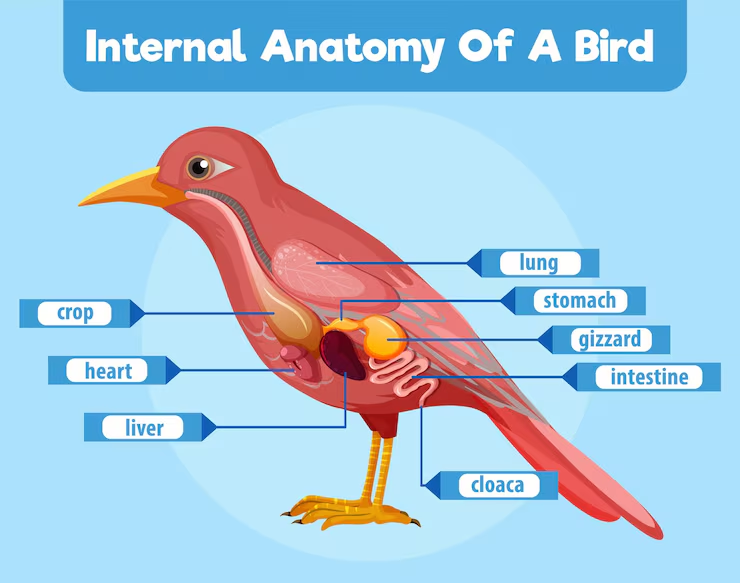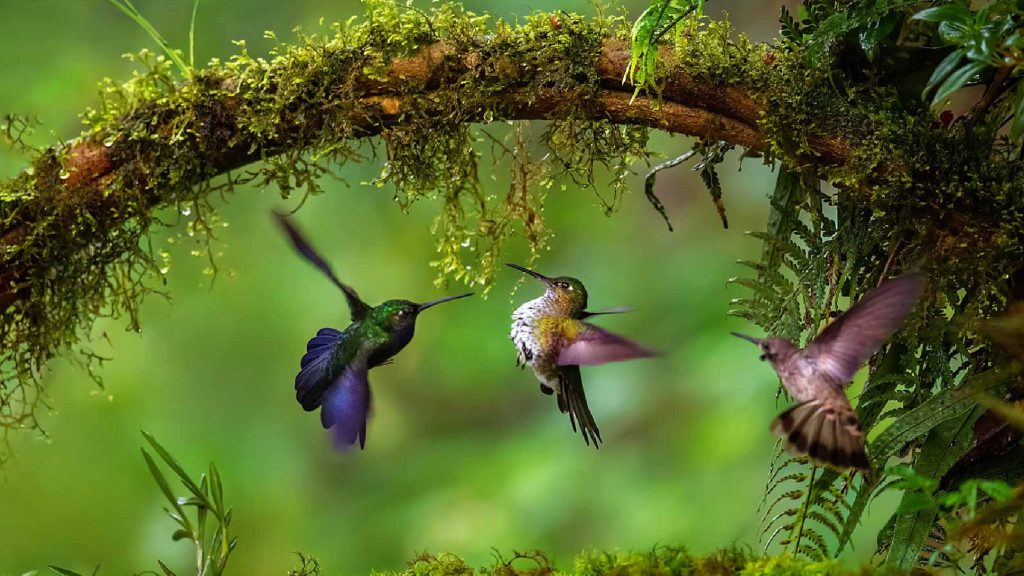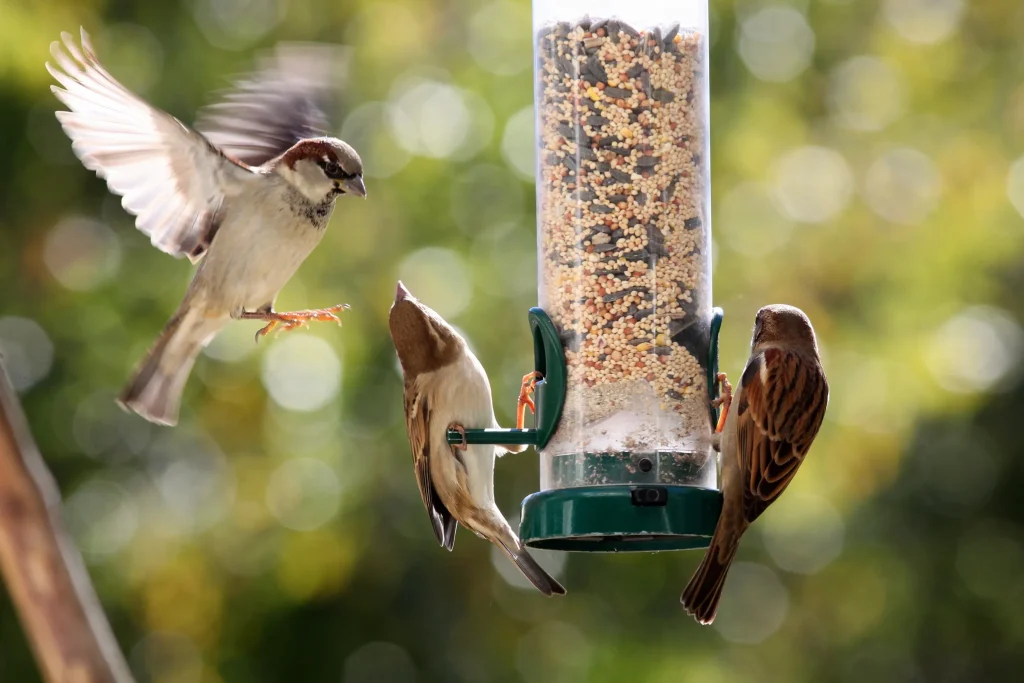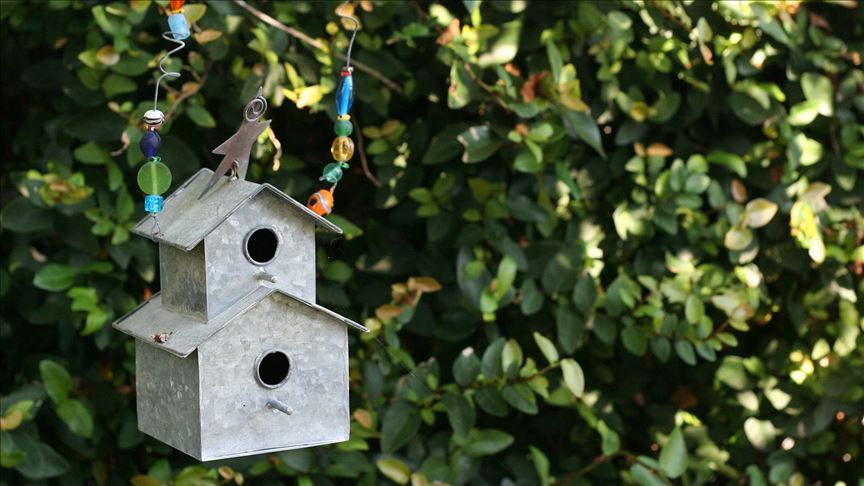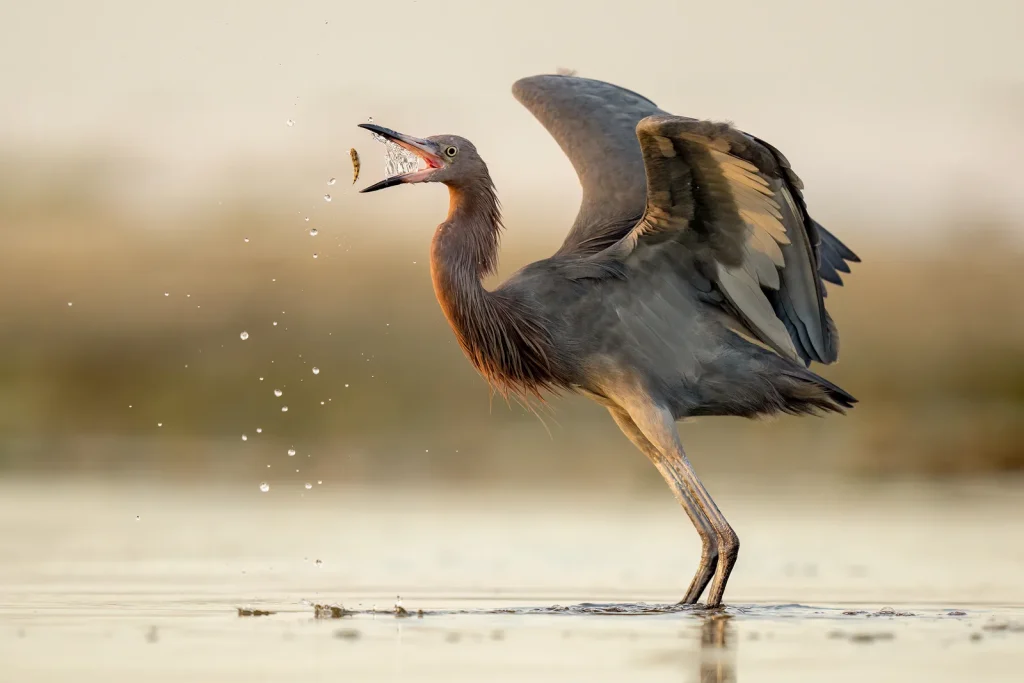Have you ever wondered how photographers capture those stunning shots that make you feel like you’re soaring high above the world? That’s the magic of the bird’s eye view in photography.
It gives you a fresh perspective, showing scenes from straight above, turning everyday moments into something extraordinary. If you want to learn how to see your surroundings differently and take photos that truly stand out, understanding the bird’s eye view is the first step.
Keep reading, and you’ll discover how this technique can transform your photography and inspire your creativity.
Bird’s Eye View Basics
Bird’s eye view shows a scene from directly above. It captures a wide area in one frame.
This view is popular in photography for maps, landscapes, and city shots.
Definition And Origin
Bird’s eye view means looking straight down from above. It looks like the view a bird has while flying.
The term comes from art and maps where showing the top view was useful. It helps people see how things fit together.
Key Characteristics
- Shot from a high angle, directly overhead
- Shows the layout of the area clearly
- Objects appear flat and less detailed
- Good for showing scale and distance
- Often used with drones or tall structures
| Feature | Description |
|---|---|
| Angle | Vertical, looking straight down |
| Coverage | Wide area shown in one image |
| Use | Maps, cityscapes, landscape photos |
| Equipment | Drones, helicopters, tall buildings |

Credit: www.freepik.com
Equipment For Bird’s Eye Shots
Bird’s eye view photography shows scenes from above. This angle gives a unique look at places and objects.
To take these shots, you need special equipment. The right tools help you get clear and high views.
Drones And Aerial Cameras
Drones are popular for bird’s eye shots. They fly high and carry cameras to capture wide views.
Aerial cameras attach to drones or helicopters. They take photos from high places safely.
- Drones can reach hard-to-access spots
- Many drones have built-in cameras
- Aerial cameras offer steady shots from the sky
- Use remote control to guide drone flights
Tripods And Elevated Platforms
Tripods help hold cameras steady for clear photos. Taller tripods give a higher viewpoint.
Elevated platforms lift you above the ground. You can stand on these to shoot downwards.
- Use tall tripods for stability and height
- Step ladders or stools act as simple platforms
- Look for platforms with safe, flat tops
- Make sure all gear is secure before shooting
Smartphone Techniques
Smartphones can take bird’s eye shots too. Use apps that help control camera settings.
Hold the phone high or use selfie sticks and tripods. This helps get better angles from above.
- Use selfie sticks for extra height
- Try tripod mounts made for phones
- Adjust brightness and focus manually
- Use grid lines to keep photos straight
Techniques To Capture Bird’s Eye Photos
Bird’s eye view photography shows scenes from high above. This view helps capture unique patterns and shapes.
To take good bird’s eye photos, you need the right techniques. These include height, composition, and lighting.
Finding The Right Height
Height is key in bird’s eye photography. Too low and the view looks flat. Too high and details get lost.
Use drones, tall buildings, or hills to get the right height. Choose a height that shows the subject clearly.
- Use a drone for flexible height control
- Climb stairs or rooftops for city shots
- Find hills or cliffs in nature
- Experiment with different heights to see effects
Framing And Composition Tips
Good framing helps focus on the main subject. Place key elements using simple rules like the rule of thirds.
Look for shapes, lines, and patterns from above. These make your photo interesting and balanced.
- Use the rule of thirds to place subjects
- Look for natural lines that lead the eye
- Include patterns or textures for depth
- Keep the horizon straight if visible
Using Light And Shadows
Light changes how your photo looks. Soft morning or evening light adds warmth and detail.
Shadows add depth and contrast in bird’s eye photos. Watch how shadows fall to enhance shapes.
- Shoot during golden hours for soft light
- Use shadows to highlight shapes and textures
- Avoid harsh midday sun that flattens images
- Try backlighting for dramatic effects

Credit: www.freepik.com
Creative Uses Of Bird’s Eye View
Bird’s eye view shows a scene from above, looking straight down. It gives a fresh and unique way to see things.
This view helps photographers create interesting images by changing how we see shapes and patterns.
Landscape Photography
Bird’s eye view captures wide areas of land, showing natural patterns like rivers, forests, and fields. It helps to see the layout and colors of a place.
This view makes it easy to show the size and shape of mountains, lakes, and valleys from above.
Urban And Architecture Shots
Looking down on cities shows street patterns, buildings, and parks. Bird’s eye view reveals how a city is planned and built.
This angle highlights shapes and designs of roofs, roads, and open spaces. It can make buildings look like abstract art.
- Show city grids and blocks clearly
- Capture roof textures and shapes
- Highlight contrast between natural and built areas
Event And Crowd Captures
Bird’s eye view shows large groups of people in events or public places. It helps to see crowd patterns and movement.
This view also captures the scale of an event and how people interact in a space.
- Show crowd size and density
- Highlight paths and gathering spots
- Capture event layout and flow
Common Challenges And Solutions
Bird’s eye view photography gives a unique look from above. It shows scenes in a new way. Still, this style has some challenges to deal with.
Understanding these problems helps you take better photos from high places. Here are common issues and how to fix them.
Dealing With Distortion
Photos taken from above can look stretched or bent. This happens because of the camera angle or lens type.
Using a lens with less distortion helps. Also, keep the camera as level as possible. Editing software can fix some distortion too.
- Use wide-angle lenses carefully
- Keep the camera straight and steady
- Correct distortion with photo editing tools
Weather And Lighting Issues
Weather can change the quality of bird’s eye photos. Bright sunlight causes harsh shadows. Cloudy days may make photos dull.
Try shooting during morning or late afternoon. These times have soft light. Use filters or adjust camera settings to balance light.
- Shoot during golden hours for soft light
- Use filters to manage bright sunlight
- Check weather before planning your shoot
Safety And Legal Considerations
Taking photos from high places or drones can be risky. Always think about safety for yourself and others. Follow laws about where you can shoot.
Check local rules for drones or tall buildings. Use safety gear if needed. Ask permission if you are on private property.
- Know drone regulations in your area
- Wear safety equipment when shooting from heights
- Get permission for private or restricted areas
Editing Bird’s Eye Photos
Bird’s eye view photos show a scene from above. Editing these photos helps improve their look and feel.
Good editing makes details clear and colors more vivid. It also fixes any distortions or tilt in the image.
Enhancing Perspective
Bird’s eye photos can look flat or distorted. Adjusting the perspective adds depth and balance.
Use tools to fix angles and make the image look natural. This helps viewers understand the scene better.
Color Correction
Colors in bird’s eye photos may look dull or uneven. Color correction improves brightness and contrast.
Adjust the white balance and saturation to make colors true to life. This enhances the photo’s appeal.
Cropping And Straightening
Cropping removes unwanted parts and focuses on the main subject. Straightening fixes tilted horizons.
Proper cropping and straightening create a clean, balanced image. This makes the photo easier to view.
Tips To Master Bird’s Eye Angles
Bird’s eye view in photography shows a scene from above. This angle gives a fresh look at everyday objects and places.
Using bird’s eye angles can change how people see your photos. Try different methods to improve your shots.
Practice And Experimentation
Try shooting from various heights and distances. Use ladders, drones, or tall buildings for new views.
- Move your camera slowly to find the best frame.
- Change the focus to highlight key subjects.
- Take many photos to compare later.
- Experiment with different lighting conditions.
Studying Famous Works
Look at photos by well-known photographers who use bird’s eye views. Notice their angles and composition.
| Photographer | Style | Key Feature |
| Andreas Gursky | Large scale | Wide, detailed scenes |
| Edward Burtynsky | Environmental | Patterns in nature and industry |
| Jasper Johns | Abstract | Focus on shapes and colors |
Combining Angles For Impact
Mix bird’s eye views with other angles in one shoot. This creates variety and interest in your photos.
Try these combinations:
- Bird’s eye view plus low angle for contrast
- Bird’s eye with close-ups for detail
- Use diagonal lines from different angles
- Mix wide shots with tight frames

Credit: www.freepik.com
Frequently Asked Questions
What Is Bird’s Eye View Photography?
Bird’s eye view photography captures images from directly above the subject. It offers a unique top-down perspective, highlighting patterns and layouts unseen from ground level. This style is popular in landscapes, architecture, and aerial shots, providing a fresh and informative visual experience.
How Does Bird’s Eye View Improve Photography?
This perspective reveals spatial relationships and symmetry clearly. It emphasizes shapes, lines, and textures that are often missed. Bird’s eye view adds creativity and context, making photos more engaging and informative for viewers, especially in maps, cityscapes, and nature photography.
What Equipment Is Needed For Bird’s Eye Photography?
A drone or a high vantage point is commonly used. Cameras with wide-angle lenses help capture broader scenes. Tripods and stabilizers improve image clarity. Using GPS or apps assists in framing the shot accurately from above for the best bird’s eye view.
When Should I Use Bird’s Eye View Shots?
Use bird’s eye shots to showcase layouts, patterns, or scale. Ideal for real estate, events, and nature photography. It helps viewers understand spatial relationships and adds a unique perspective to storytelling in your images.
Conclusion
Capturing a bird’s eye view in photography opens new perspectives. It transforms ordinary scenes into extraordinary images. This technique highlights patterns and symmetry from above. Photographers can create stunning and unique compositions. It’s a powerful way to tell a story visually.
The viewer sees the world in a new light. Experiment with different heights and angles. Creativity is key. Anyone can try this approach with practice and patience. You don’t need fancy equipment. Just a fresh angle and a keen eye.
Embrace the challenge and see where it takes you.

